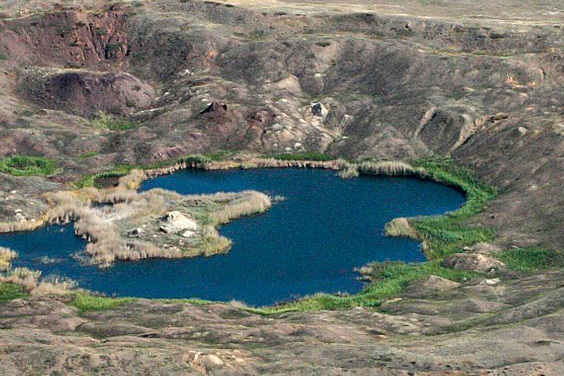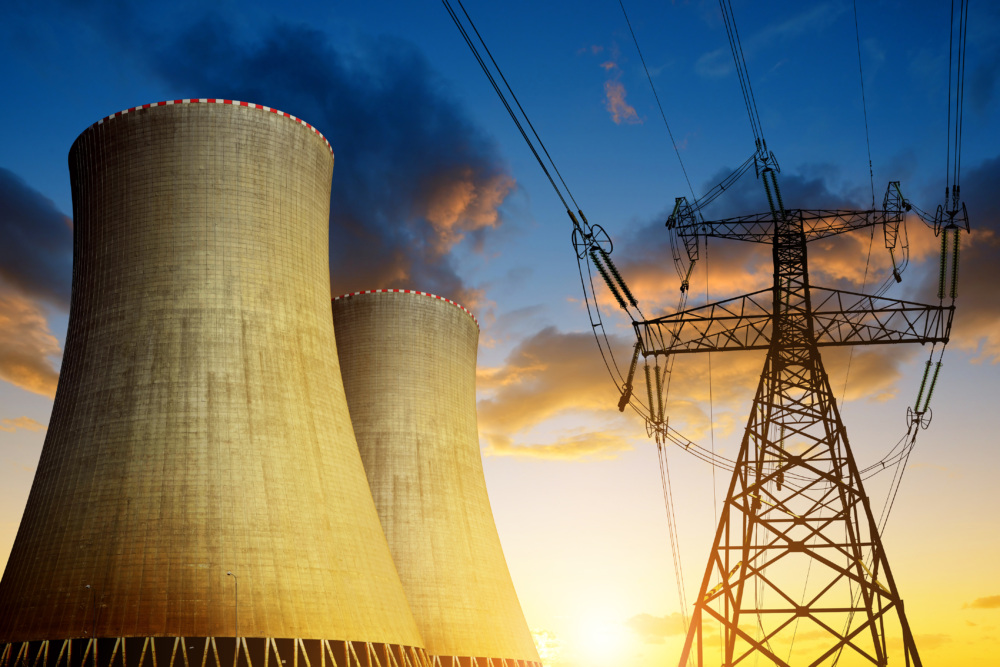
Atomic Pulse
Semipalatinsk Closure at 30: The Importance of Cooperation for Managing Nuclear Security Challenges

August 29 is a special date for many of us who work on nuclear risk reduction. It serves as the anniversary of Kazakhstan’s closure of the Semipalatinsk Test Site, a remote territory the size of New Jersey which was used by the Soviet Union for hundreds of nuclear tests between 1949 and 1989. This year will mark 30 years since Kazakhstan President Nursultan Nazarbayev took the bold decision to close the test site, a decision that is among the most important milestones of nuclear nonproliferation and one that led to a process of denuclearization that offers important lessons for policymakers looking to confront today’s nuclear challenges.
The Semipalatinsk story did not end with the decision to close the test site. Indeed, August 29, 1991 was just the beginning of a historic period of denuclearization in Kazakhstan that involved the secure transfer of hundreds of nuclear weapons to Russia, the shutdown of plutonium production facilities, the removal of hundreds of kilograms of highly enriched uranium, the re-employment of thousands of scientists, and the closure of many Soviet-era chemical, biological and nuclear facilities. Nearly all of these activities were funded and supported by the Nunn-Lugar Cooperative Threat Reduction Program, a legacy we are particularly proud of at the Nuclear Threat Initiative.
For nearly 25 years, Semipalatinsk became the site of intensive cooperation between Kazakhstan, the United States, and Russia to secure vulnerable nuclear material and address nuclear smuggling risks. Tunnels had to be sealed (and re-sealed), plutonium had to be found and removed, testing infrastructure had to be dismantled, and perimeter fences had to be installed and maintained. U.S. agencies provided funding and project management, Russia provided scientists and historical information, and Kazakhstan provided access and project implementors. When much of the trilateral work was completed in 2012 (at a cost of over $150 million), President Barack Obama lauded it as “a consequence of extraordinary cooperation between our three countries” and celebrated it as a hallmark achievement of nuclear security progress worldwide.
Semipalatinsk offers myriad lessons for future nuclear security activities in places like North Korea where information flow will be constrained and deep-rooted suspicions will have to be overcome. The cooperation among American, Russian, and Kazakhstani scientists to secure nuclear material at Semipalatinsk offers a playbook for the kind of technical cooperation that will be needed to close and remediate North Korean nuclear facilities such as Pyung-re and Yongbyon. Scientists and engineers are well-positioned to work with counterparts in such places because they “speak the same language” and can focus on finding technical solutions to threat reduction challenges notwithstanding political tensions. U.S. programs, including the Department of Defense Cooperative Threat Reduction program, will need continued support from Congress to prepare to address such challenges in the future.
It is also important to remember that the Semipalatinsk story is not quite finished. While the concrete caps and plutonium-cement mixtures at “Semi” (as the Americans who worked there often called it) have greatly reduced the proliferation risks posed by the nuclear materials left behind there, they have not eliminated them all-together. As long as the nuclear materials remain buried in those tunnels, the security, proliferation, and environmental risks will have to be managed. Kazakhstan will need to maintain effective security around this vast site with a well-trained, well-equipped response force. Environmental impacts will have to be continuously assessed. Indeed, the enduring challenges at Semipalatinsk serve as a powerful reminder that the work of nuclear security is never quite finished. It requires constant vigilance, funding, and an appreciation for the negative consequences if we ever let our guard down.
Stay Informed
Sign up for our newsletter to get the latest on nuclear and biological threats.
More on Atomic Pulse

There is a bright future for nuclear power, but not with the most dangerous of materials
For nuclear power to be a problem solver rather than a problem maker, the international community must push for a smart brand of nuclear power that prioritizes safety and security.

#CranesForOurFuture: Ukrainian Artist Eugenia Zoloto on Finding Hope during War
Eugenia Zoloto is a Ukrainian artist who specializes in paper cutting, collages, and illustrations, in addition to working with oil paints and mixed mediums. She lives in Kyiv with her husband and two children and is participating in the 2023 #CranesForOurFuture campaign by contributing a beautiful floral sculpture featuring an origami crane.

Oppenheimer and Advocacy: You’ve Seen the Film, Now What?
Considering the current nuclear landscape, the power of Christopher Nolan’s film and the moral and ethical questions raised by J. Robert Oppenheimer’s work, movie viewers may be motivated to act to advocate for a world without nuclear weapons. But how?
